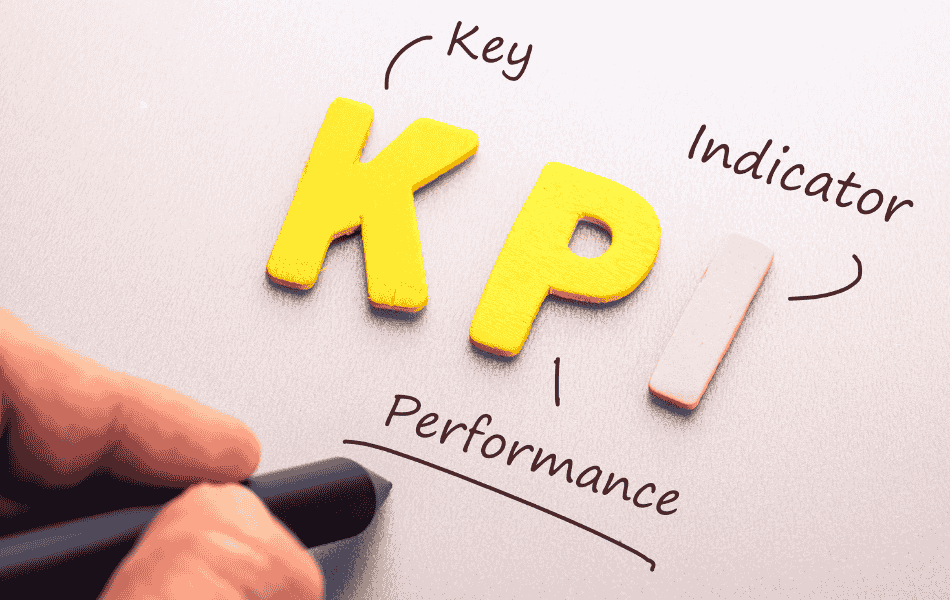
You’ve invested in customer service training, now, how do you know it’s working? At Edge Communication, we’ve worked with Perth businesses across industries to improve customer service through tailored training programs. And while a great workshop might feel productive, you need more than good vibes to justify the investment.
That’s where measurement comes in. Tracking performance through the right KPIs gives you a clear view of whether your training is delivering real results.
Why Measuring Training Impact Matters
Running a customer service training program without measuring its outcomes is like steering without a dashboard. You might be heading in the right direction, but there’s no way to be sure.
Measuring training effectiveness helps you:
- Show ROI to business leaders
- Identify which parts of your training are making a difference
- Highlight skills gaps that need more attention
- Keep your team accountable and motivated
Which KPIs Actually Matter?
There’s no one-size-fits-all answer, but these metrics offer a strong starting point for most teams.
1. Customer Satisfaction (CSAT)
After a service interaction, customers are often asked to rate their experience on a simple 1–5 or 1–10 scale. It’s a quick and useful way to see how your team is doing in real time.
Tip: Record CSAT scores before and after training to track improvement over time.
2. Net Promoter Score (NPS)
This asks a single question: “How likely are you to recommend us?” The answer reveals a lot about your customer experience.
If your NPS improves after training, it’s a good sign that your team is delivering more memorable and positive experiences.
3. First Contact Resolution (FCR)
FCR measures how often customer issues are resolved on the first try, with no follow-ups and no transfers. A rising FCR means your team is more confident, knowledgeable, and efficient after training.
Operational Metrics to Watch
It’s not just about customer feedback. The way your team works behind the scenes can also show whether training is making a difference.
Average Handle Time (AHT)
This shows how long each customer interaction takes. Training should help your team work smarter, not necessarily faster. The goal isn’t to rush calls; it’s to solve issues confidently and clearly.
Quality Assurance (QA) Scores
If you review calls or customer interactions as part of your QA process, track how those scores change over time. It’s one of the most direct ways to see if your training topics are sticking.
Staff Confidence
Ask your team how confident they feel dealing with different customer scenarios, before and after training. Confidence often translates to smoother conversations and better outcomes.
How to Set Up a Simple Tracking System
You don’t need a fancy dashboard to get started. Just follow these steps:
- Start with a baseline: Measure key metrics before training begins
- Set realistic goals: Not every score will skyrocket overnight
- Check in regularly: Monthly reviews usually strike the right balance
- Share the wins: Celebrate small improvements with your team
- Use what you learn: Apply the insights to fine-tune future training
Common Pitfalls
Keep these in mind so your tracking doesn’t lead you astray:
- Don’t ignore what customers are actually saying in reviews and surveys. Qualitative feedback matters.
- Avoid setting goals that are too ambitious too quickly.
- Don’t overwhelm your team with too many numbers or too frequent updates.
- Make sure you’re connecting the dots between what was trained and what’s being measured
What to Do With the Data
Numbers are only useful if you act on them. Use your findings to:
- Offer targeted coaching to staff who need extra support
- Reinforce skills that are showing strong results
- Adjust future training topics based on areas that still need work
- Acknowledge and reward improvements to keep morale high
Some improvements will show up fast. Others, like building a more customer-focused culture, can take months to fully develop. Need help designing your customer service training so you can start tracking the results? Get in touch with Edge Communication. We’ll help you train smarter so you can track what matters.
Related Posts:
- Why Customer Service Training Matters
- De-Escalation Training for Customer Service
- Best Practices for Training Agents to Handle Multiple Communication Channels

